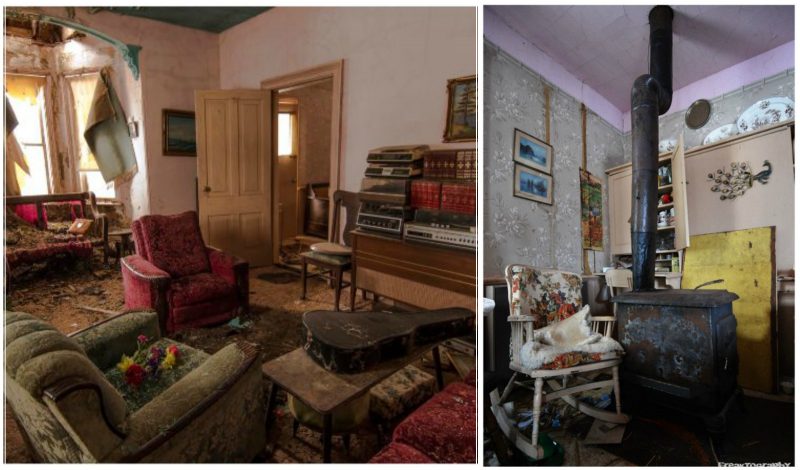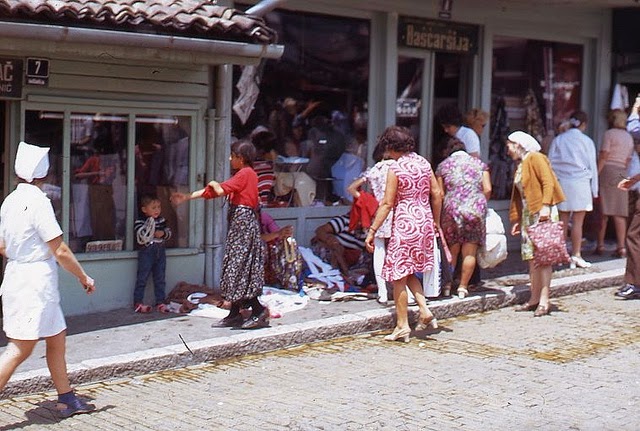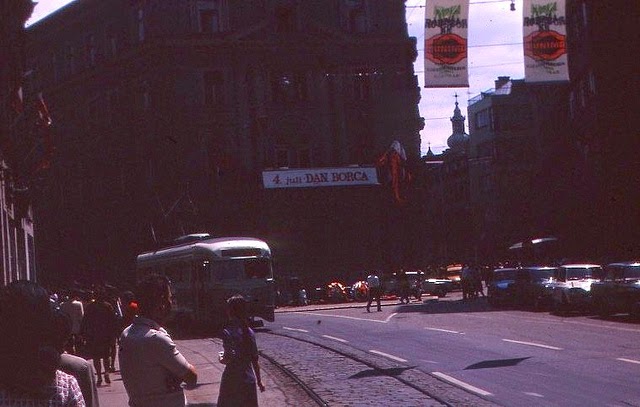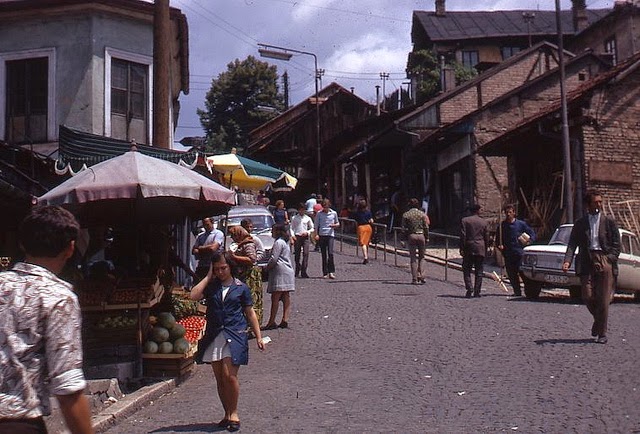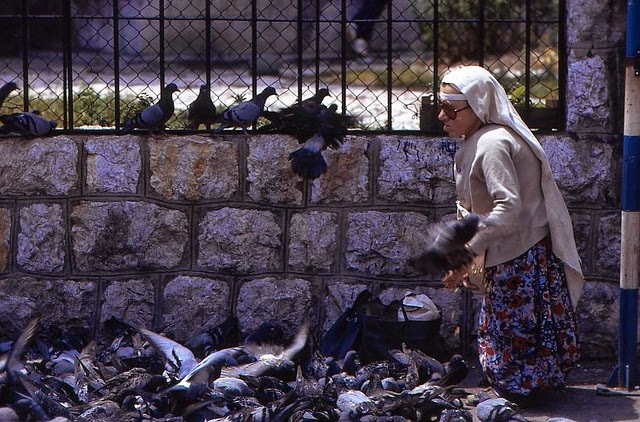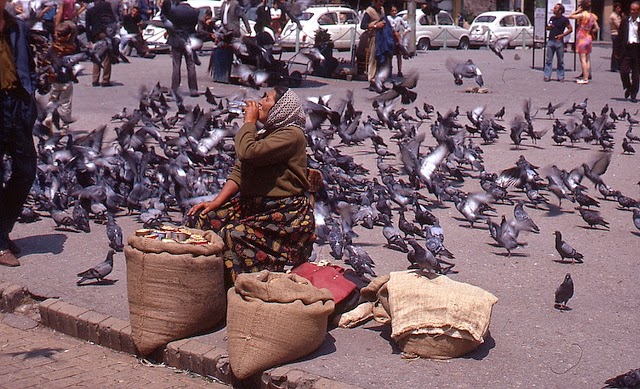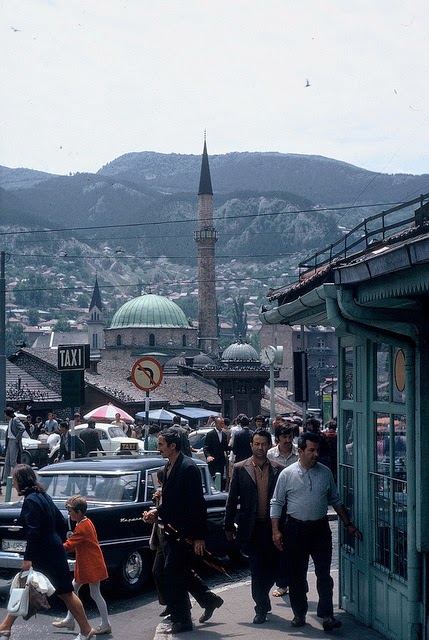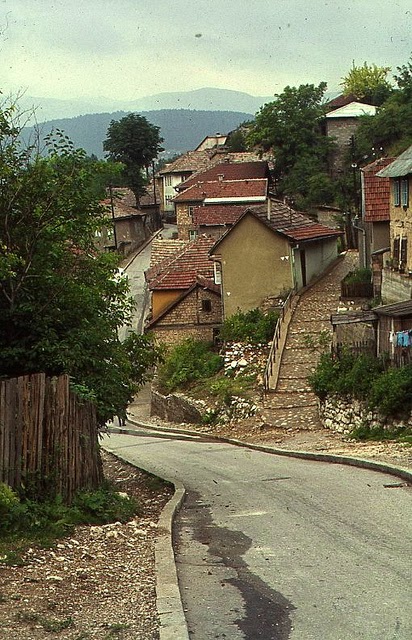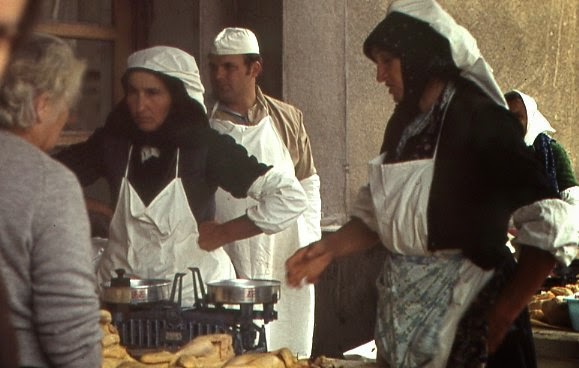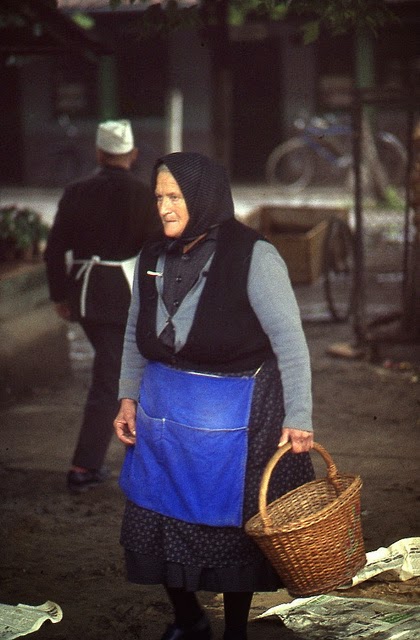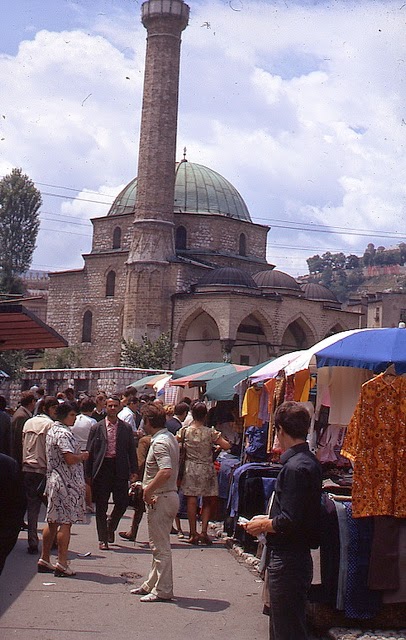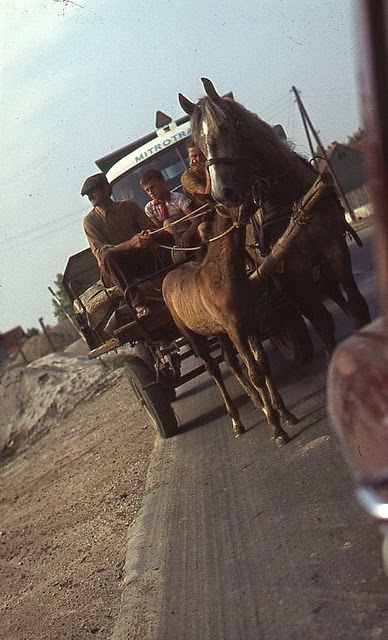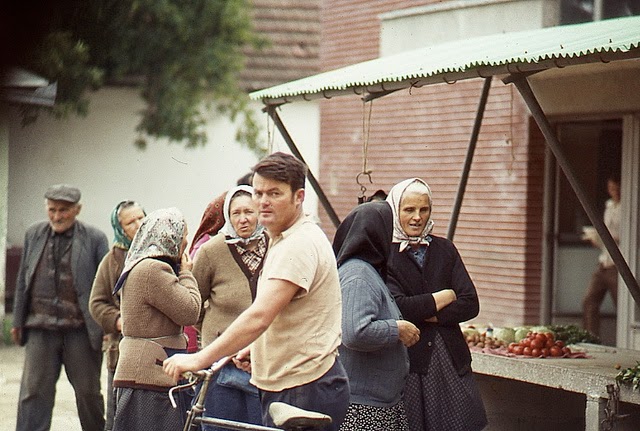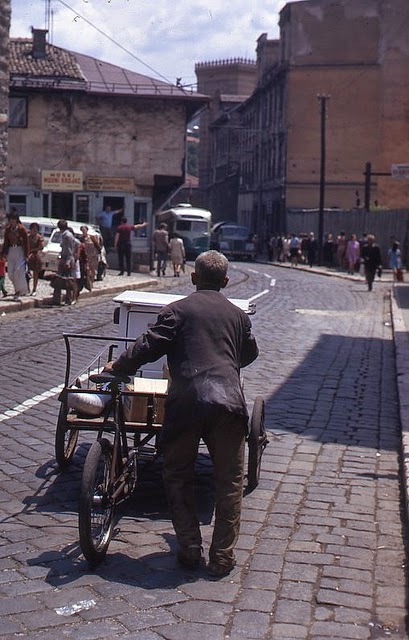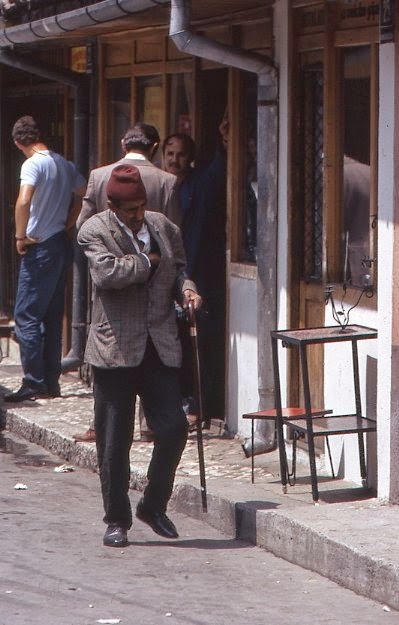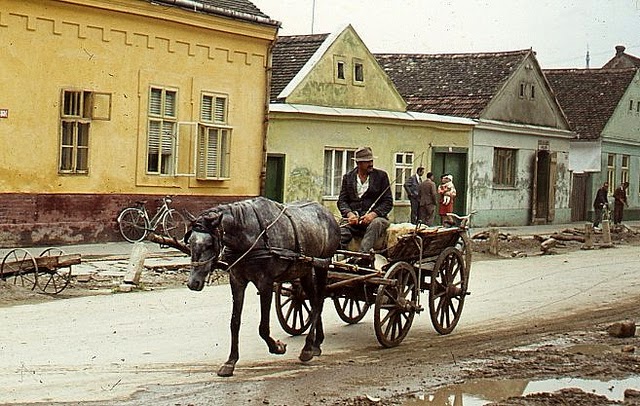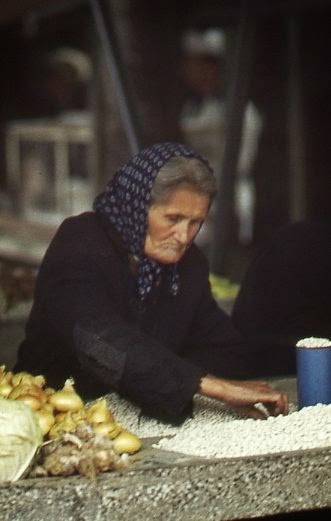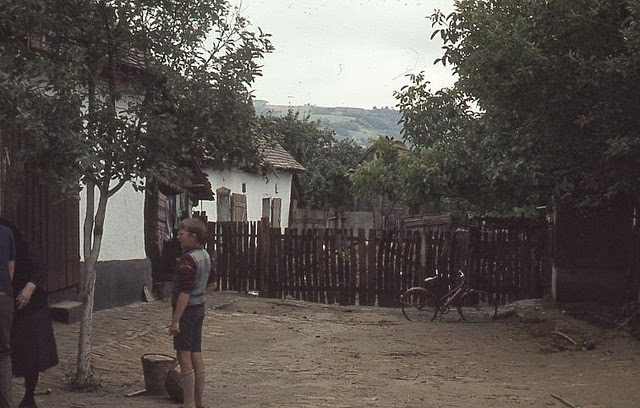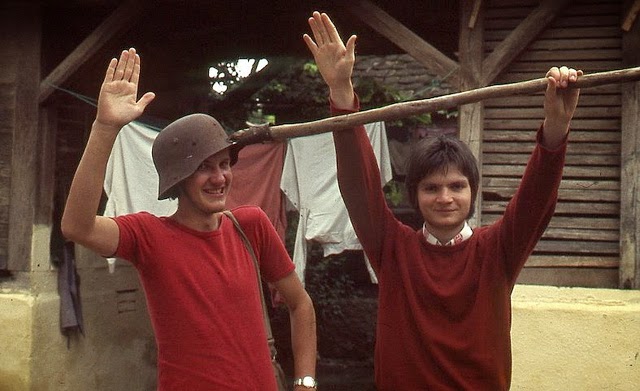Yugoslavia once spelled and called “Jugoslavia“, was a country in Southeast Europe during most of the 20th century.The constituent six Socialist Republics that made up the country were Socialist Republic of Bosnia and Herzegovina, SR Croatia, SR Macedonia, SR Montenegro, SR Slovenia, and SR Serbia.
It came into existence after World War I in 1918 under the name of the Kingdom of Serbs, Croats and Slovenes by the merger of the provisional State of Slovenes, Croats and Serbs (itself formed from territories of the formerAustro-Hungarian Empire) with the formerly independent Kingdom of Serbia. The Serbian royal House of Karađorđević became the Yugoslav royal dynasty. Yugoslavia gained international recognition on 13 July 1922 at the Conference of Ambassadors in Paris. The country was named after the South Slavic peoples and constituted their first union, following centuries in which the territories had been part of the Ottoman Empire and Austria-Hungary.
Below is a beautiful collection of photos that depict the life in Yugoslavia in 1972:
Yugoslavia had always been a home to a very diverse population, not only in terms of national affiliation, but also religious affiliation. Of the many religions, Islam, Roman Catholicism, Judaism and Protestantism, as well as various Eastern Orthodox faiths, composed the religions of Yugoslavia, comprising over 40 in all. The religious demographics of Yugoslavia changed dramatically since World War II. A census taken in 1921 and later in 1948 show that 99% of the population appeared to be deeply involved with their religion and practices. With postwar government programs of modernisation and urbanisation, the percentage of religious believers took a dramatic plunge. Connections between religious belief and nationality posed a serious threat to the post-war Communist government’s policies on national unity and state structure
Renamed the Kingdom of Yugoslavia on 3 October 1929, it was invaded by the Axis powers on 6 April 1941. In 1943, a Democratic Federal Yugoslavia was proclaimed by the Partisan resistance. In 1944, the king recognised it as the legitimate government, but in November 1945 the monarchy was abolished. Yugoslavia was renamed the Federal People’s Republic of Yugoslavia in 1946, when a communist government was established. It acquired the territories of Istria, Rijeka, and Zadar from Italy. Partisan leader Josip Broz Tito ruled the country as president until his death in 1980. In 1963, the country was renamed again as the Socialist Federal Republic of Yugoslavia (SFRY).
The concept of Yugoslavia, as a single state for all South Slavic peoples, emerged in the late 17th century and gained prominence through the Illyrian Movement of the 19th century. The name was created by the combination of the Slavic words “jug” (south) and “slaveni” (Slavs). Yugoslavia was the result of the Corfu Declaration, as a project of the Serbian Parliament in exile and the Serbian royal Karađorđević dynasty, who became the Yugoslav royal dynasty.
After the breakup, the republics of Serbia and Montenegro formed a reduced federation, the Federal Republic of Yugoslavia (FRY), which aspired to the status of sole legal successor to the SFRY, but those claims were opposed by the other former republics. Eventually, Serbia and Montenegro accepted the opinion of the Badinter Arbitration Committee about shared succession. Serbia and Montenegro themselves broke up in 2006 and became independent states, while Kosovo proclaimed independence in 2008.
Want articles by The Vintage News delivered straight to your inbox? Subscribe to our weekly newsletter!
All Photos are Courtesy of Sten-Åke Stenberg
